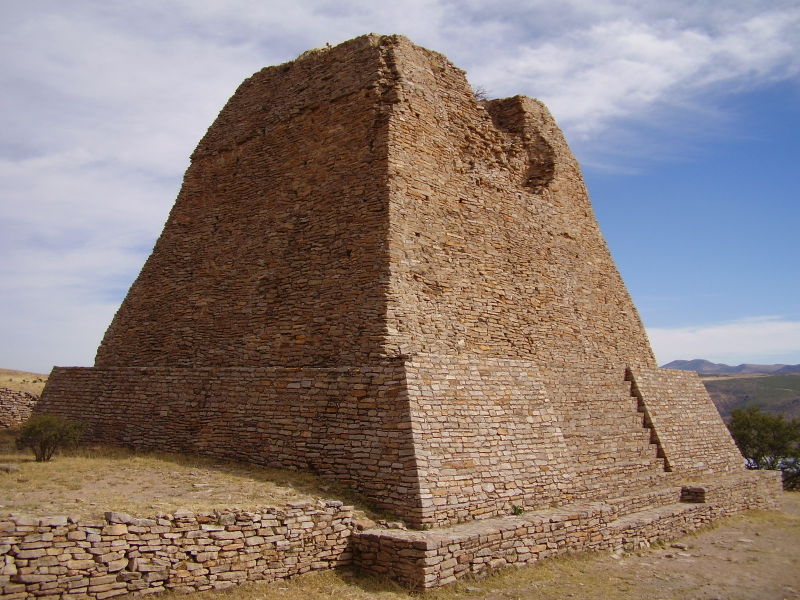La Quemada


Facts and practical information
Nestled in the rugged terrain of Zacatecas, Mexico, La Quemada stands as a mysterious testament to the country's rich and complex pre-Columbian history. This archaeological site, often overlooked in comparison to more renowned locations like Teotihuacan or Chichen Itza, offers a unique glimpse into the ancient civilizations that once thrived in the region.
La Quemada, believed to have been occupied between 300 and 1200 AD, is characterized by its massive stone structures and strategic location atop a hill, providing panoramic views of the surrounding Malpaso Valley. The origins and purpose of the site remain a topic of debate among historians and archaeologists, with theories suggesting it was a religious center, a fortress, or a trade hub.
Visitors to La Quemada can explore the museum, which serves as an interpretive center offering insights into the site's historical significance and the daily lives of its ancient inhabitants. The museum's collection includes artifacts recovered from the site, such as pottery, tools, and ornaments that paint a picture of a sophisticated and organized society.
The ruins themselves are an impressive sight, with the most notable structure being the Votive Pyramid, a large platform that dominates the complex. Other significant features include the Hall of Columns, the Ball Court, and the network of causeways and terraces that connect the various buildings.
